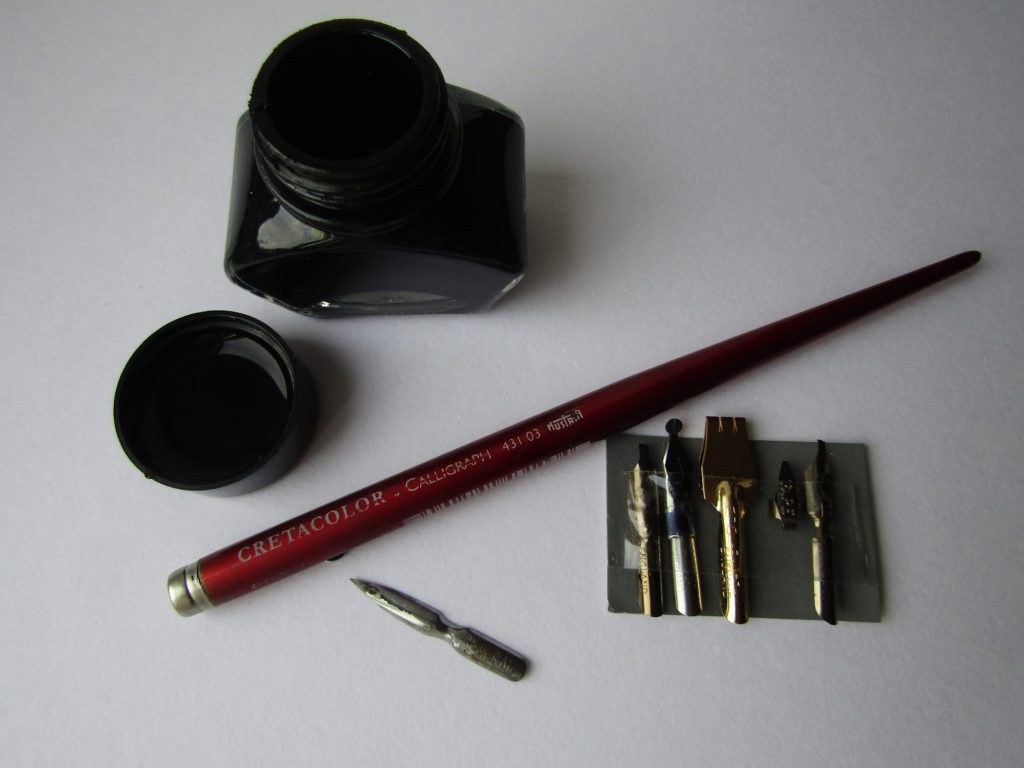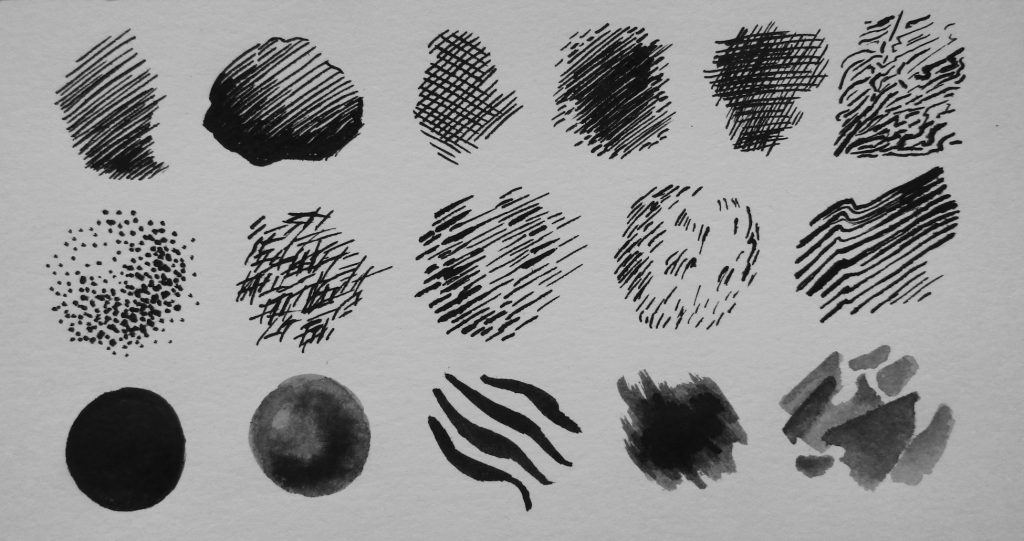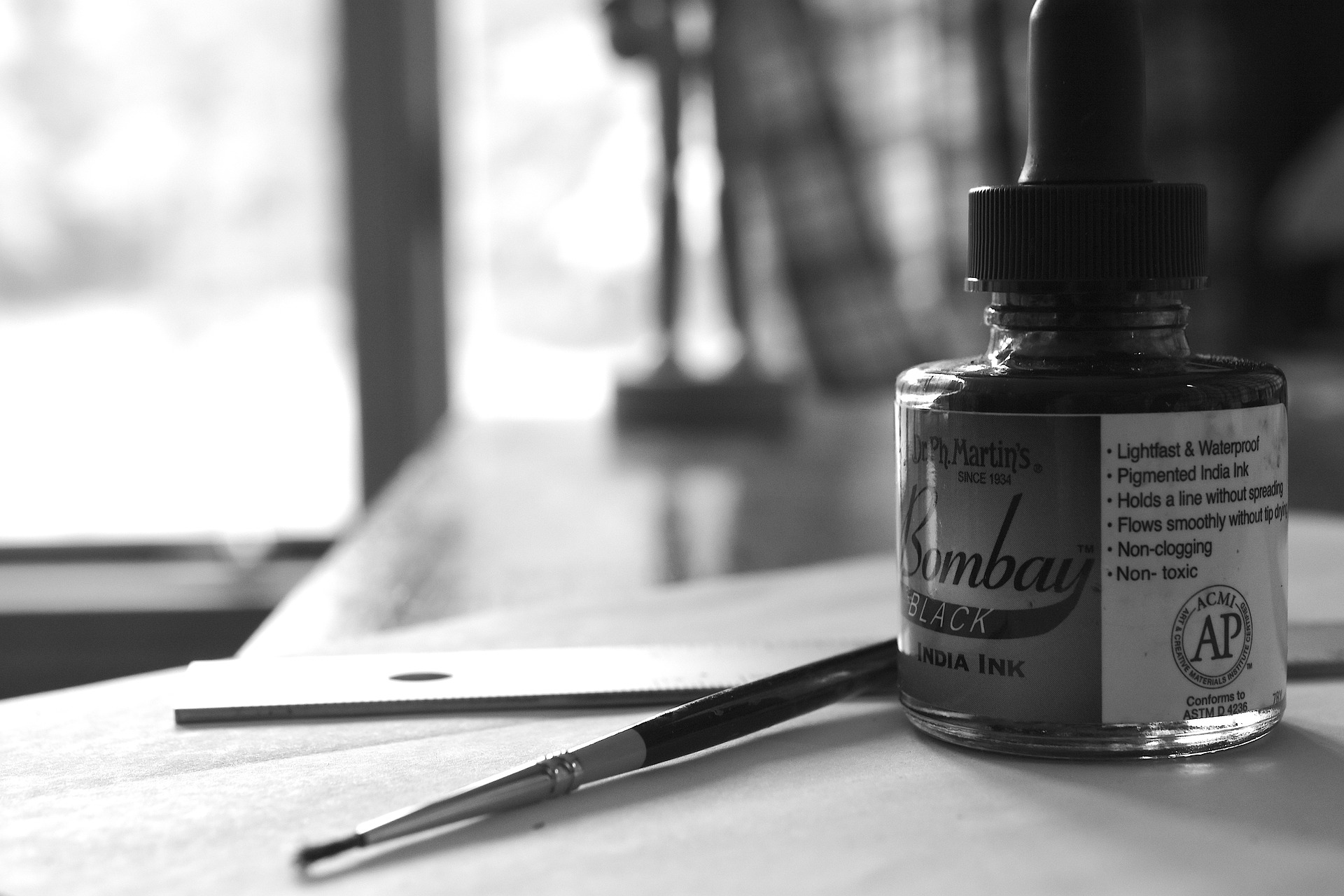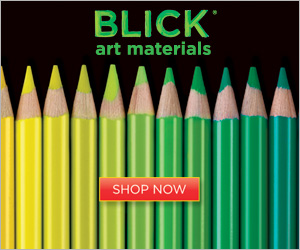Graphite pencil strokes are quite faint. A picture drawn with it is unlikely to be used as a book illustration or a depiction for a handmade postcard. If you like to hatch, try your hand at ink drawing.
Contrasty ink lines look strong and finished.
Must-Have Supplies for Pen Drawing
So, you will need:
- a jar of black pigmented India (or Chinese, as they are also called) ink;
- a smooth, absorbent surface – for example, thick watercolor paper;
- a dip pen;
- a set of nibs – it’s necessary to have different interchangeable nibs because each of them makes marks of a certain width and shape;
- a ‘palette’ to test ink flow;
- a newspaper – lay it on your table (and put important documents/books/soft toys away – ink is very hard to remove);
- paper towels to wipe nibs;
- an HB pencil for drafting.
Many artists dislike pens with metal tips and prefer a crow quill. It offers interesting nuances and allows one to draw the smallest elements.

There is one more option, brushes. They provide the best line control; however, they sometimes spatter ink.
How to Use Pen and Ink?
Create a simplified copy of somebody’s artwork for the first experiment. Sketch the image. The sketch may be highly detailed. After inking, you’ll erase any visible pencil outlines without any difficulties. Most importantly, don’t damage paper while drafting a preliminary version.
Ink with the completed picture in mind: dip pen strokes are indelible; one mistake and all efforts go down the drain.
Grip your pen near the tip to keep it stable. If it seems that the tool disobeys you, try to use both your wrist and your arm.
Draw with a pen angle from 30° to 45°. The way you hold the handle change everything. You have got a ‘palette’. Practice making marks on it.
Wipe your nibs often so that dry inks do not decrease the flow.
A Number of Elementary Techniques
The simplest pen techniques are:
- single lines;
- hatching;
- stippling.
Single lines need to be varied. Make them bold or thin, and curve along the object’s contours.
To hatch means to create tonal effects and illusion of gradations by parallel lines. The intervals between them affect the brightness of the shaded area.
Lines also can cross over one another at an angle – the higher their concentration, the darker the part of the image. That’s cross-hatching.
Stippling is drawing by dots or little crisp dashes. The main concept is the same – when you are adding strokes, they are making the area darker. The method is not for the faint-hearted (just imagine how long this takes to stipple almost the whole A4 sheet of paper!), but it merits attention. The dotted texture is the most realistic.
If you want to draw with brushes, try the very interesting technique that’s called ink wash. It falls somewhere between drawing and painting with watercolor paint: you dilute the ink with water to achieve any preferred shade and smooth the marks.

Combine the methods I’ve mentioned above. Don’t try using all the methods at once, though. Even a couple of techniques produce good results.
I was unable to find an appropriate example among my recent drawings and want to show you the picture from Pixabay:

As you see, the charming ducks are drawn in the simplest manner. The artist highlighted outlines and made some delicate dashes to show the feathers’ direction.
I think the work was done in thirty minutes.
You are capable of drawing something of that sort, aren’t you?
*If you buy something through the banner I will earn a commission, at no cost to you. More info


